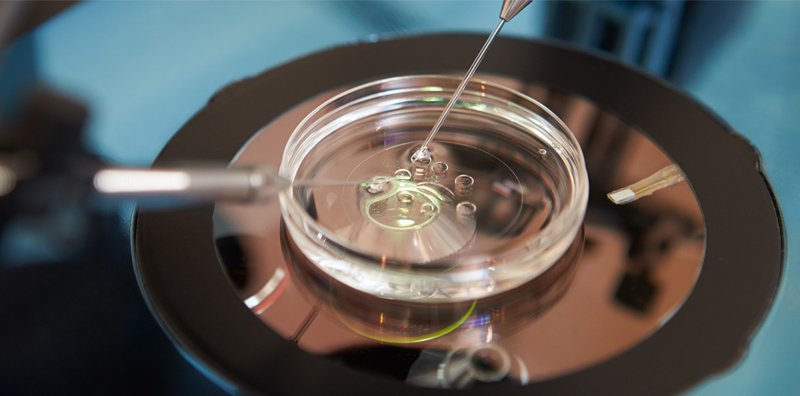
08:05 9th February 2016 | Medical Assessment
Sterility Infertility Fertility Unprotected Intercourse Pregnancy Testicular Factor Abnormal Sperm Production Testosterone Deficiency Genetic Defects Undescended Testes Post Testicular Factors Male Fertility Male Genital System Testicular Sperm Production Prostatic Retrograde Ejaculation Ejaculatory Duct Obstruction Hypospadias Impotence Fallopian Tubes Pelvic Infections Endometrosis Ovulation Cervical Blockage Mucus Production Hormone Testing Sperm Count Microscopic Examination FertilitySure Assessment
Many people use the terms sterility and infertility as if they are interchangeable. They are not and it is important to understand the difference. Primary Sterility is when a couple is unable to conceive after having unprotected intercourse for a specified period. Secondary sterility is when a couple has had at least one child but has been unable to achieve another pregnancy.
There are two categories of infertility. Primary infertility refers to a woman who conceives but is unable to carry the pregnancy to term. Secondary infertility is the inability to become pregnant, or to carry a pregnancy to term, following the birth of one or more biological children through natural methods.
Spousal sterility could be traceable to the man or the woman. Deficiency of the semen is one of the main causes of sterility in men. This deficiency could be the common pre-testicular factors which include alcohol and drugs abuse, smoking and even strenuous physical activities like horse or bicycle riding etc. Testicular factors include abnormal sperm production, impaired delivery of sperm, testosterone deficiency, genetic defects and undescended testes. Post testicular factors decrease male fertility due to conditions that affect the male genital system after testicular sperm production. These include obstruction of the Vas Deferens, infections such as prostatic is as well as retrograde ejaculation, ejaculatory duct obstruction, hypospadias and impotence
Female sterility can be caused by a number of factors, including damage to the fallopian tubes, pelvic infections, endometriosis and scarring from previous pelvic surgeries, problems with ovulation when the hormonal changes leading to the release of an egg from the ovary and the thickening of the endometrium, do not occur and cervical blockage, when the sperm cannot pass through the cervical canal. This may be due to abnormal mucus production or to a prior cervical surgical procedure.
In the management of spousal infertility or sterility, both spouses must be investigated. In the case of the woman, we begin with a thorough physical examination and hormone testing and evaluation to ensure that ovulation is occurring regularly. We also check the FSH (Follicle Stimulating Hormone), measure the thickness of the endometrium, and check the health and condition of the fallopian tubes, the uterus and the surrounding areas to establish the presence or absence of causative factors.
For the man our investigations cover the candidate’s full medical examination including history and sperm and semen analysis. This includes a full sperm count and a microscopic examination of the size, shape and motility of the sperm. A high number of normal-shaped sperm usually indicates higher fertility but some men with a low sperm count or abnormal semen are still fertile. The test results will guide the doctor in determining the most suitable of the many treatment options to explore.
The quantum and cost of the medical evaluation and the time needed for it seem to put a lot of pressure on the candidate. This prompted us to make this burden lighter by launching an assessment called FertilitySure. FertilitySure assessment reveals the source of the problem your specialist will make the decision on the next steps of your Fertility Journey you willt need.
Read about FertilitySure on our website at www.thebridgeclinic.com.
Search by condition, treatment or keyword and conveniently browse our informative articles
Book an appointment online or search for a clinic close to you.
Book an Appointment